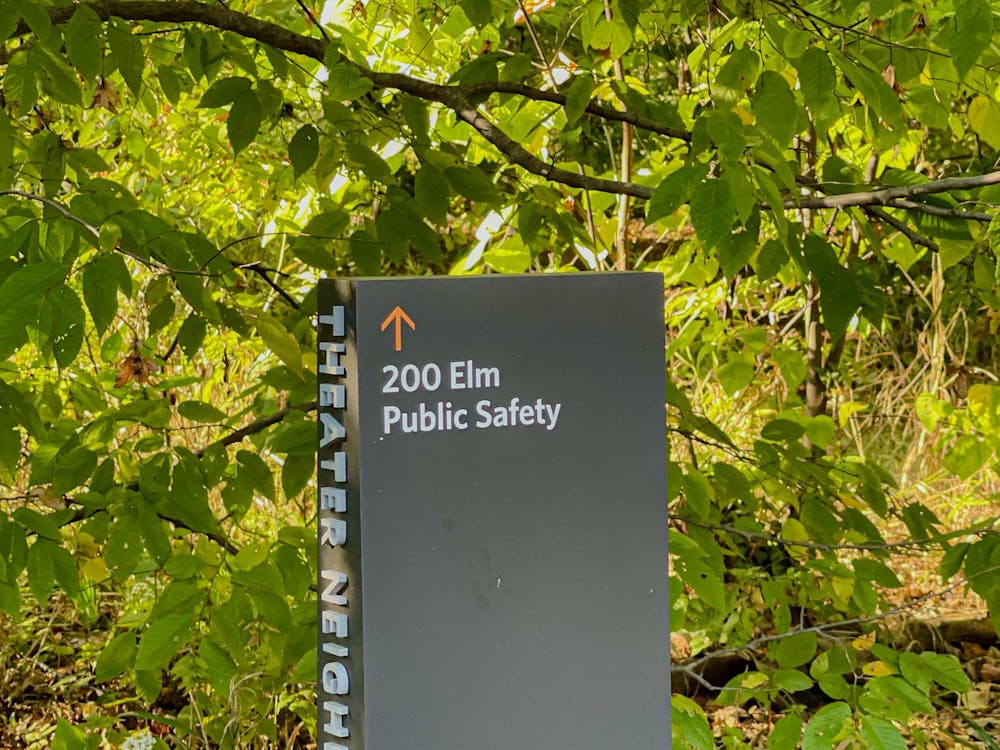A recent study by University molecular biologists Ihor Lemischka and Kateri Moore involving stem cells and their surrounding environment has left an indelible mark on what is becoming one of the most popular fields in medicinal history.
Lemischka's research focuses on the capability of cells of the fetal liver and adult bone marrow stem cells to create clones of themselves. Lemischka's recent successes lie in how he and his colleagues were able to identify a set of 283 genes common to embryonic stem cells and stem cells found in blood and nervous systems.
This relatively small collection of genes has been referred to as the "genetic signature" of stem cells.
Scientists studying stem cells are generally interested in two types of stem cells — specialized cells such as those stem cells that have differentiated into the cells found in the heart and the brain, and the unspecialized cells, which have multiple properties and potential for becoming more specialized cells.
Discovering what keeps stem cells in the self-renewal, uncommitted state will have a wide array of benefits for those in the medical profession. Having a large reservoir of uncommitted stem cells may mean that there may someday be enough cells to study and use for creating whole new organs for those who have experienced a serious accident, repairing spinal cords of those victims of severe head or back injury and dealing with countless other unfortunate events and diseases.
Moore's work, however, does not involve stem cells as much as the cells which constitute the microenvironment, or surrounding area, of stem cells. "[A stem] cell does not exist in a vacuum," Moore said. The microenvironment provides stability and structure for stem cells, nutritive properties, growth factors and instructive signals.
Cells in the microenvironment bind to receptors of stem cells, a mechanism which initiates a "signaling cascade." There is definitely "crosstalk" among these cells, Moore said. Moore and her colleagues researched different cell lines of the microenvironment, to find which lineages are actively involved in supporting stem cells. They recently narrowed the number down to approximately 4,200.
Natalia Ivanova, a postdoctoral researcher working under Lemischka, was also involved in researching the functioning of stem cells. She created stem cell libraries which were used to create new computer chips, or microarrays, such as those which have been used in stem cell research for several years.

The microarrays used during Lemischka's research efforts were commercial chips which can house nearly 50,000 genes. However, the microarrays created in the molecular biology department house 7,000 genes which are more specific to stem cells.
Each week, Lemischka and Moore meet to share their progress. Their other colleagues include scientists in France, at the University of Pennsylvania and at other institutions. Lemischka and Moore share their knowledge with the public through stem cell and stromal cell — the cell found in the microenvironment of the stem cell — databases online.
Obstacles such as lack of funding, stand before stem cell researchers, who would like to know more about stem cells' unique and, perhaps, latent abilities, the researchers said.








